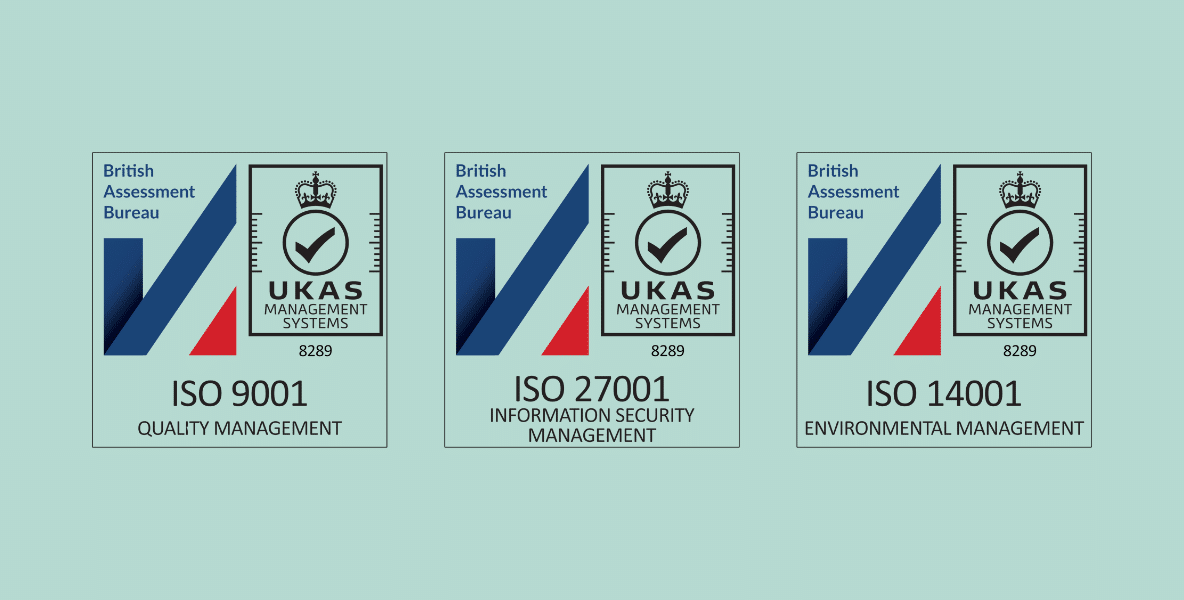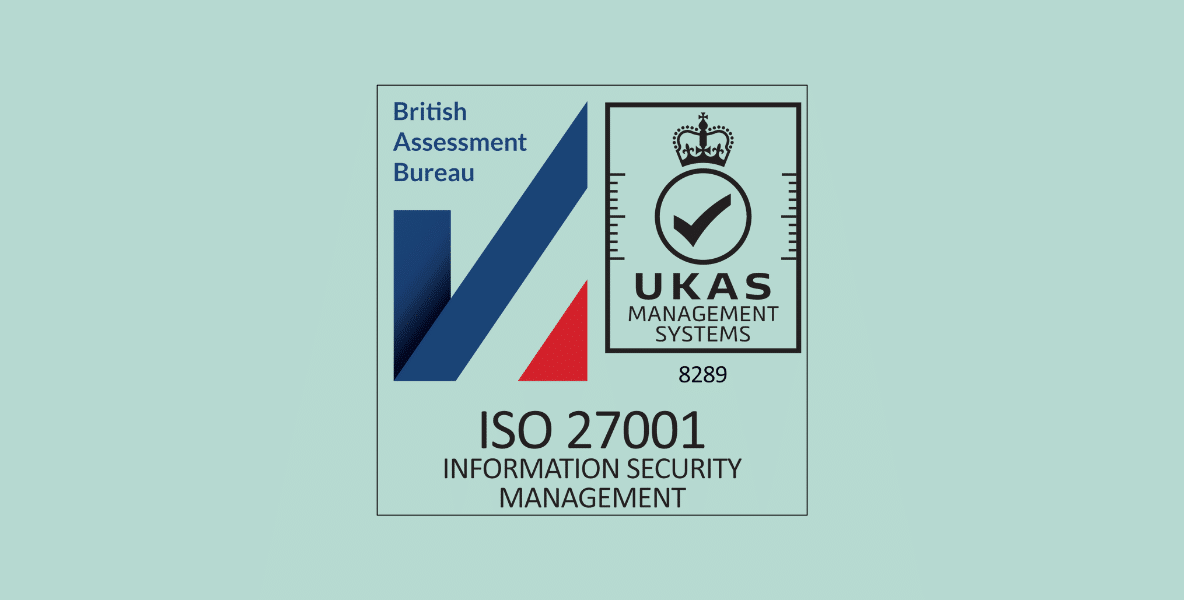Four things CEOs need to know about DORA
Earlier this year, DORA – the Digital Operational Resilience Act – came into force, set on bolstering IT security resilience for Financial Services across the EU. This regulation is an essential shift, especially for an industry that has seen a significant growth in cloud and holds so much sensitive data. While the hybrid cloud offers









